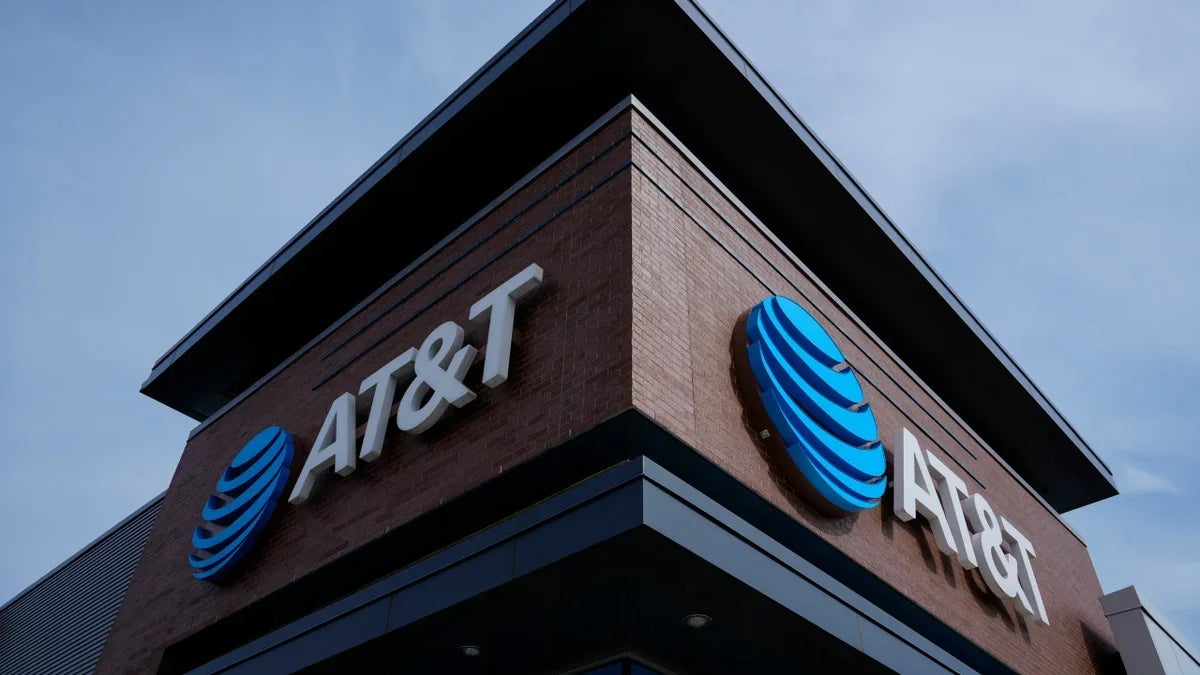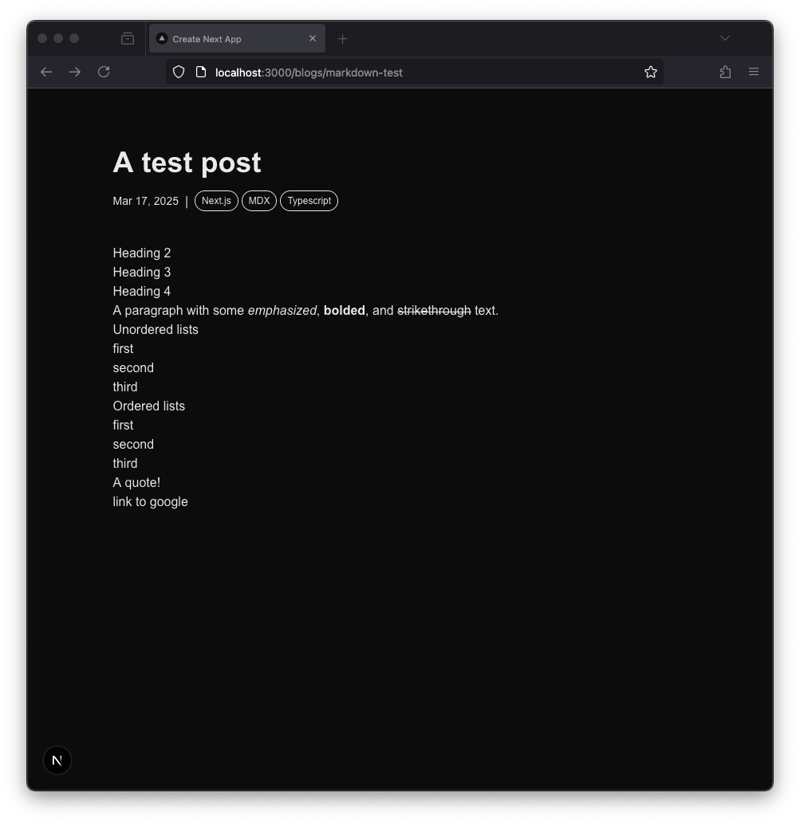AWS VPC Fundamentals
AWS VPC Fundamentals Introduction: Amazon Virtual Private Cloud (VPC) is a fundamental service in AWS, allowing you to create an isolated section of the AWS Cloud dedicated to your resources. It provides a logically isolated section of the AWS Cloud where you can launch AWS resources in a virtual network that you define. This offers greater control and security compared to using AWS resources directly in the global network. Prerequisites: Before working with VPCs, you need an active AWS account and basic familiarity with networking concepts like subnets, IP addresses, and routing tables. An understanding of security groups is also helpful. Advantages: Enhanced Security: VPCs provide isolation from other AWS accounts and the public internet, enhancing security for your applications and data. Customizable Network: You define your own IP address ranges, subnets, and routing tables, giving you complete control over your network topology. Scalability and Flexibility: VPCs can easily scale to accommodate growing infrastructure needs. Integration with other AWS Services: VPCs seamlessly integrate with other AWS services like EC2, RDS, and S3. Disadvantages: Complexity: Setting up and managing VPCs can be more complex than using AWS resources without a VPC. Cost: While generally cost-effective, VPCs incur costs associated with the underlying infrastructure. Proper planning minimizes unnecessary expense. Features: Subnets: Subdivisions of your VPC, typically associated with Availability Zones for high availability. Routing Tables: Determine how network traffic is routed within your VPC and to the internet. Internet Gateway: Connects your VPC to the internet. Security Groups: Act as virtual firewalls, controlling inbound and outbound traffic to your EC2 instances. NAT Gateways/Instances: Enable instances within private subnets to access the internet without public IP addresses. Example (Subnet Creation using AWS CLI): aws ec2 create-subnet --vpc-id vpc-xxxxxxxxxxxxxxxxx --cidr-block 10.0.1.0/24 --availability-zone us-east-1a --tag-specifications 'ResourceType=subnet,Tags=[{Key=Name,Value=MySubnet}]' Conclusion: AWS VPCs are a crucial component for building secure and scalable cloud infrastructures. Understanding their fundamentals is vital for any serious AWS user. While there is a learning curve, the benefits of enhanced security, control, and flexibility far outweigh the initial complexity. Proper planning and understanding of the features are key to successfully implementing and managing your VPC.

AWS VPC Fundamentals
Introduction:
Amazon Virtual Private Cloud (VPC) is a fundamental service in AWS, allowing you to create an isolated section of the AWS Cloud dedicated to your resources. It provides a logically isolated section of the AWS Cloud where you can launch AWS resources in a virtual network that you define. This offers greater control and security compared to using AWS resources directly in the global network.
Prerequisites:
Before working with VPCs, you need an active AWS account and basic familiarity with networking concepts like subnets, IP addresses, and routing tables. An understanding of security groups is also helpful.
Advantages:
- Enhanced Security: VPCs provide isolation from other AWS accounts and the public internet, enhancing security for your applications and data.
- Customizable Network: You define your own IP address ranges, subnets, and routing tables, giving you complete control over your network topology.
- Scalability and Flexibility: VPCs can easily scale to accommodate growing infrastructure needs.
- Integration with other AWS Services: VPCs seamlessly integrate with other AWS services like EC2, RDS, and S3.
Disadvantages:
- Complexity: Setting up and managing VPCs can be more complex than using AWS resources without a VPC.
- Cost: While generally cost-effective, VPCs incur costs associated with the underlying infrastructure. Proper planning minimizes unnecessary expense.
Features:
- Subnets: Subdivisions of your VPC, typically associated with Availability Zones for high availability.
- Routing Tables: Determine how network traffic is routed within your VPC and to the internet.
- Internet Gateway: Connects your VPC to the internet.
- Security Groups: Act as virtual firewalls, controlling inbound and outbound traffic to your EC2 instances.
- NAT Gateways/Instances: Enable instances within private subnets to access the internet without public IP addresses.
Example (Subnet Creation using AWS CLI):
aws ec2 create-subnet --vpc-id vpc-xxxxxxxxxxxxxxxxx --cidr-block 10.0.1.0/24 --availability-zone us-east-1a --tag-specifications 'ResourceType=subnet,Tags=[{Key=Name,Value=MySubnet}]'
Conclusion:
AWS VPCs are a crucial component for building secure and scalable cloud infrastructures. Understanding their fundamentals is vital for any serious AWS user. While there is a learning curve, the benefits of enhanced security, control, and flexibility far outweigh the initial complexity. Proper planning and understanding of the features are key to successfully implementing and managing your VPC.























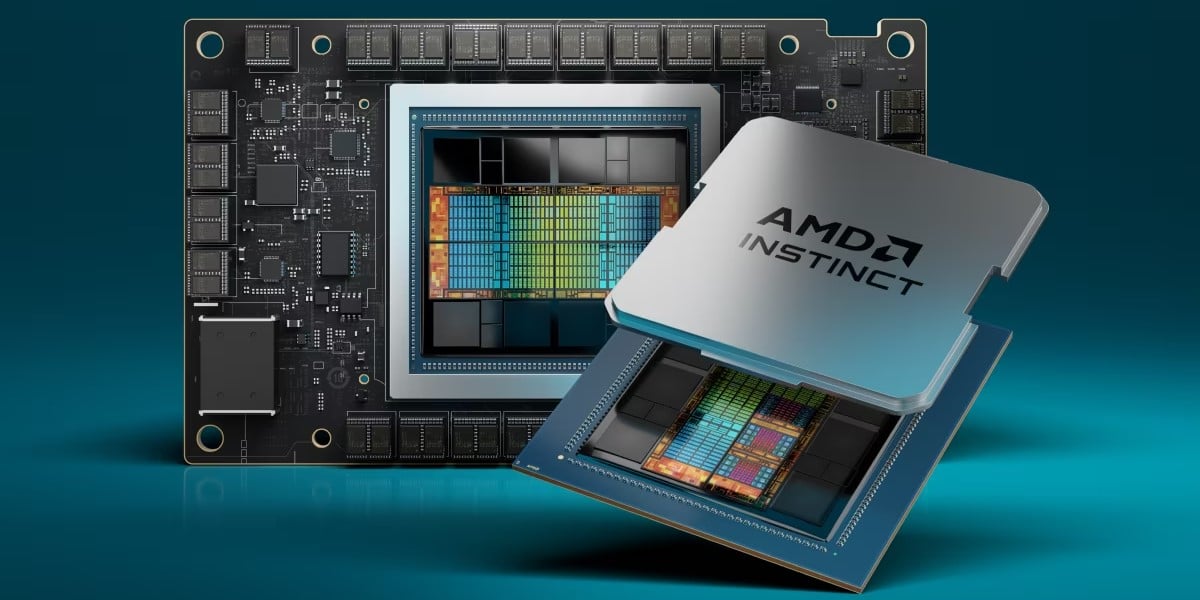


















































































































































![[The AI Show Episode 144]: ChatGPT’s New Memory, Shopify CEO’s Leaked “AI First” Memo, Google Cloud Next Releases, o3 and o4-mini Coming Soon & Llama 4’s Rocky Launch](https://www.marketingaiinstitute.com/hubfs/ep%20144%20cover.png)















































































































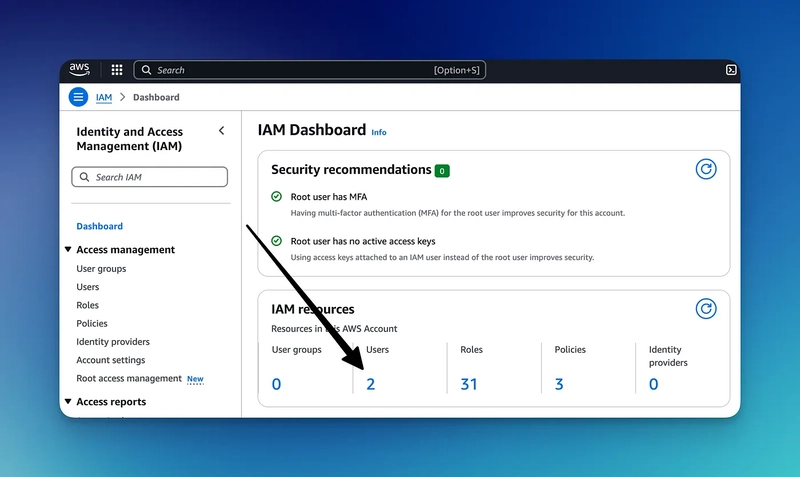




















































































![GrandChase tier list of the best characters available [April 2025]](https://media.pocketgamer.com/artwork/na-33057-1637756796/grandchase-ios-android-3rd-anniversary.jpg?#)












































.png?width=1920&height=1920&fit=bounds&quality=70&format=jpg&auto=webp#)









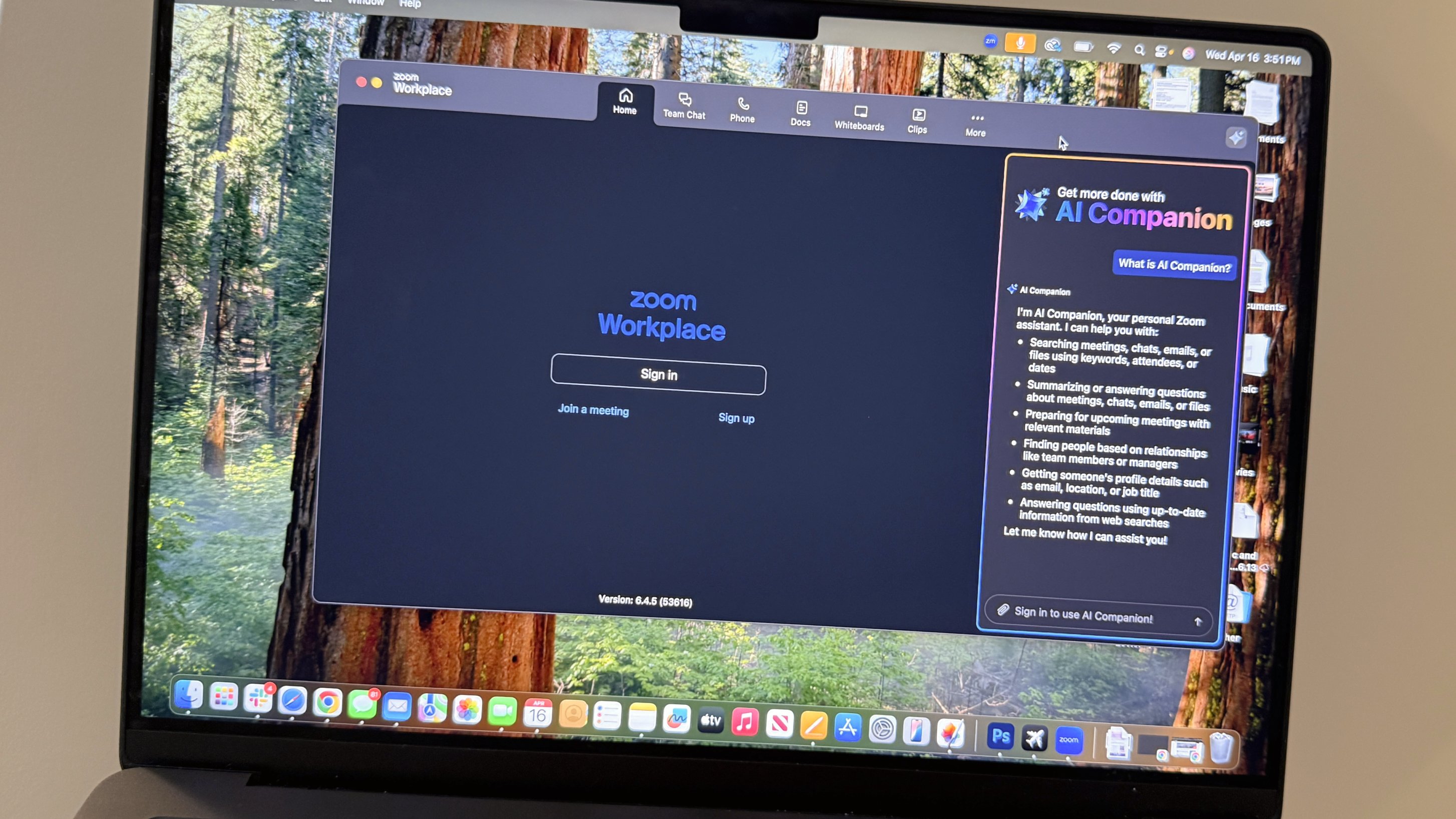


















































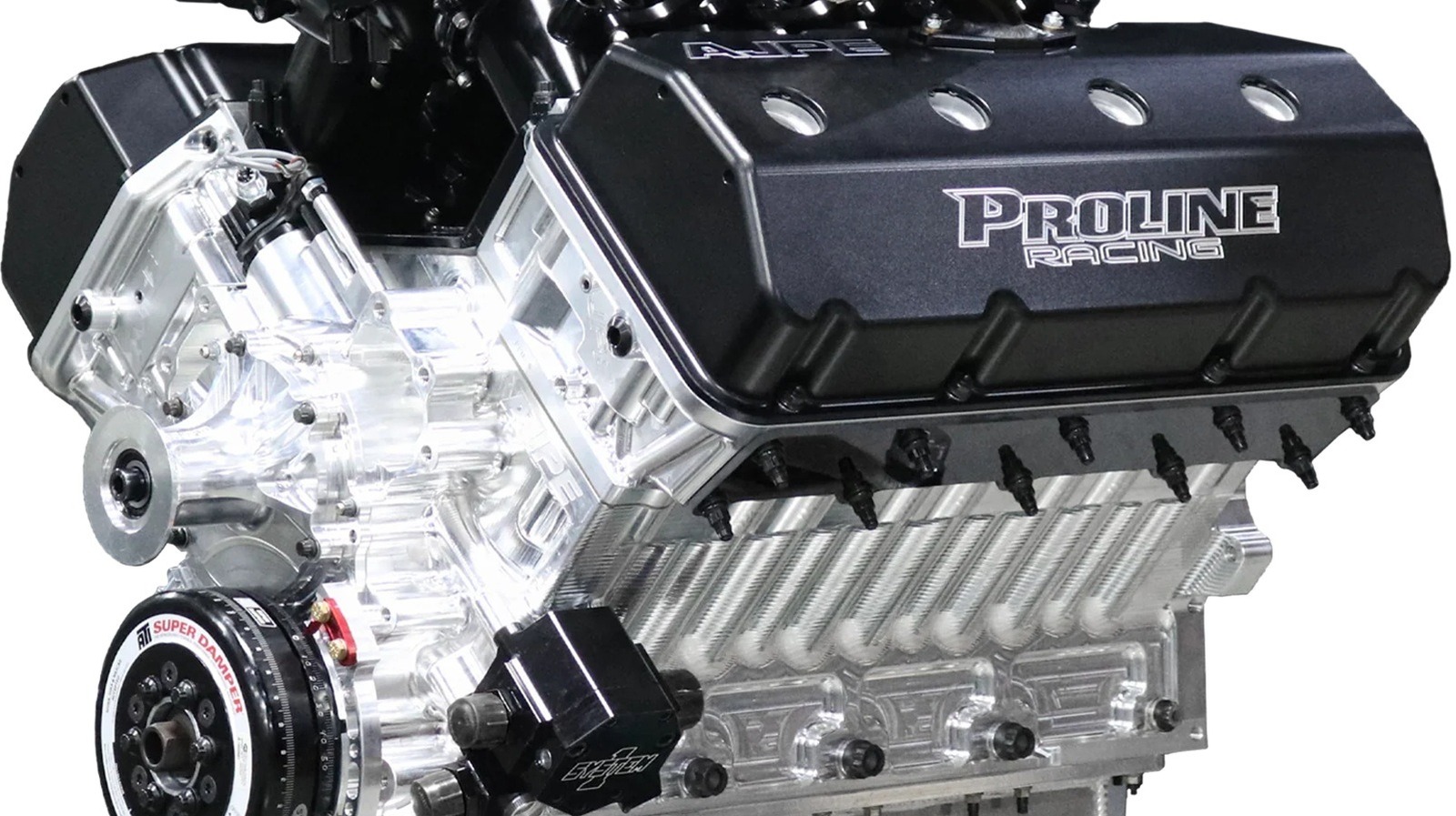








































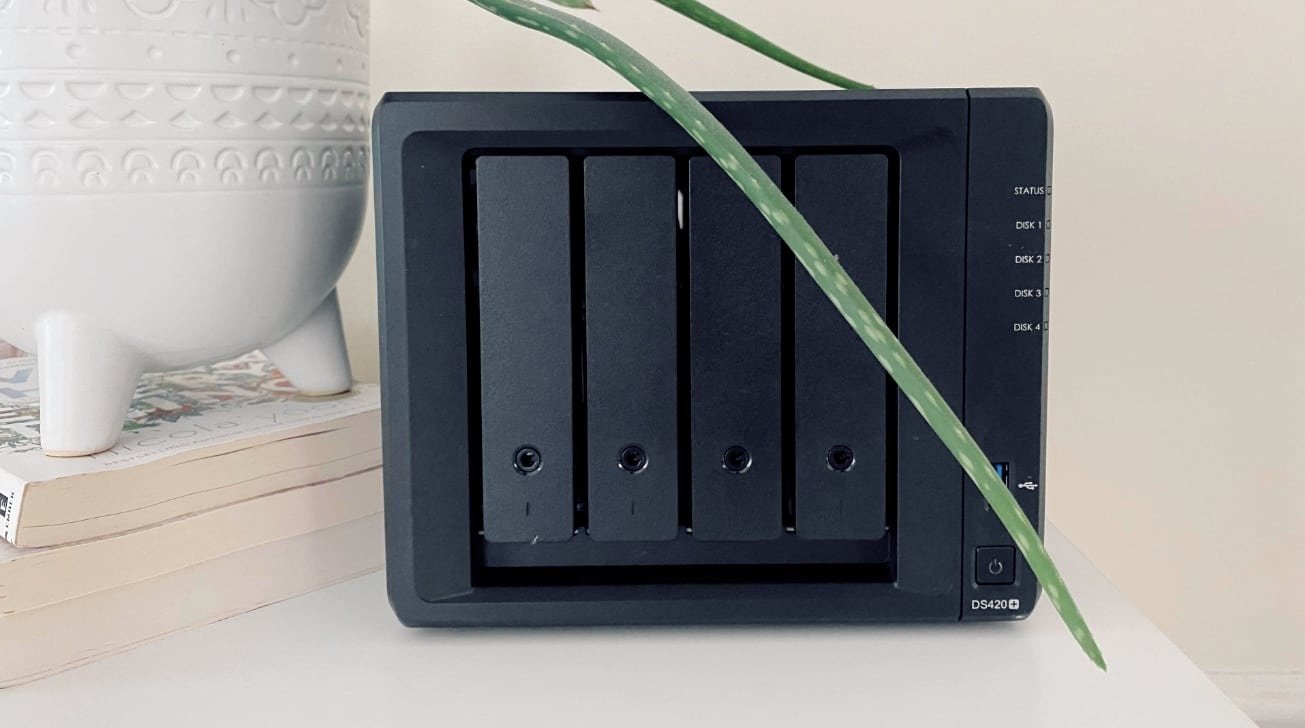

![Global security vulnerability database gets 11 more months of funding [u]](https://photos5.appleinsider.com/gallery/63338-131616-62453-129471-61060-125967-51013-100774-49862-97722-Malware-Image-xl-xl-xl-(1)-xl-xl.jpg)


























![Apple Shares New 'Mac Does That' Ads for MacBook Pro [Video]](https://www.iclarified.com/images/news/97055/97055/97055-640.jpg)

![Apple Releases tvOS 18.4.1 for Apple TV [Download]](https://www.iclarified.com/images/news/97047/97047/97047-640.jpg)
![Apple Releases macOS Sequoia 15.4.1 [Download]](https://www.iclarified.com/images/news/97049/97049/97049-640.jpg)















































